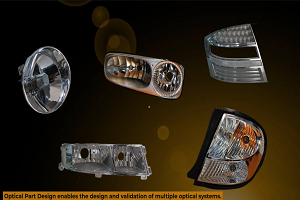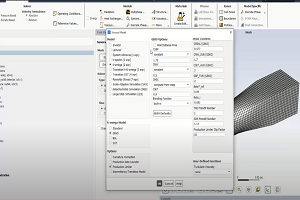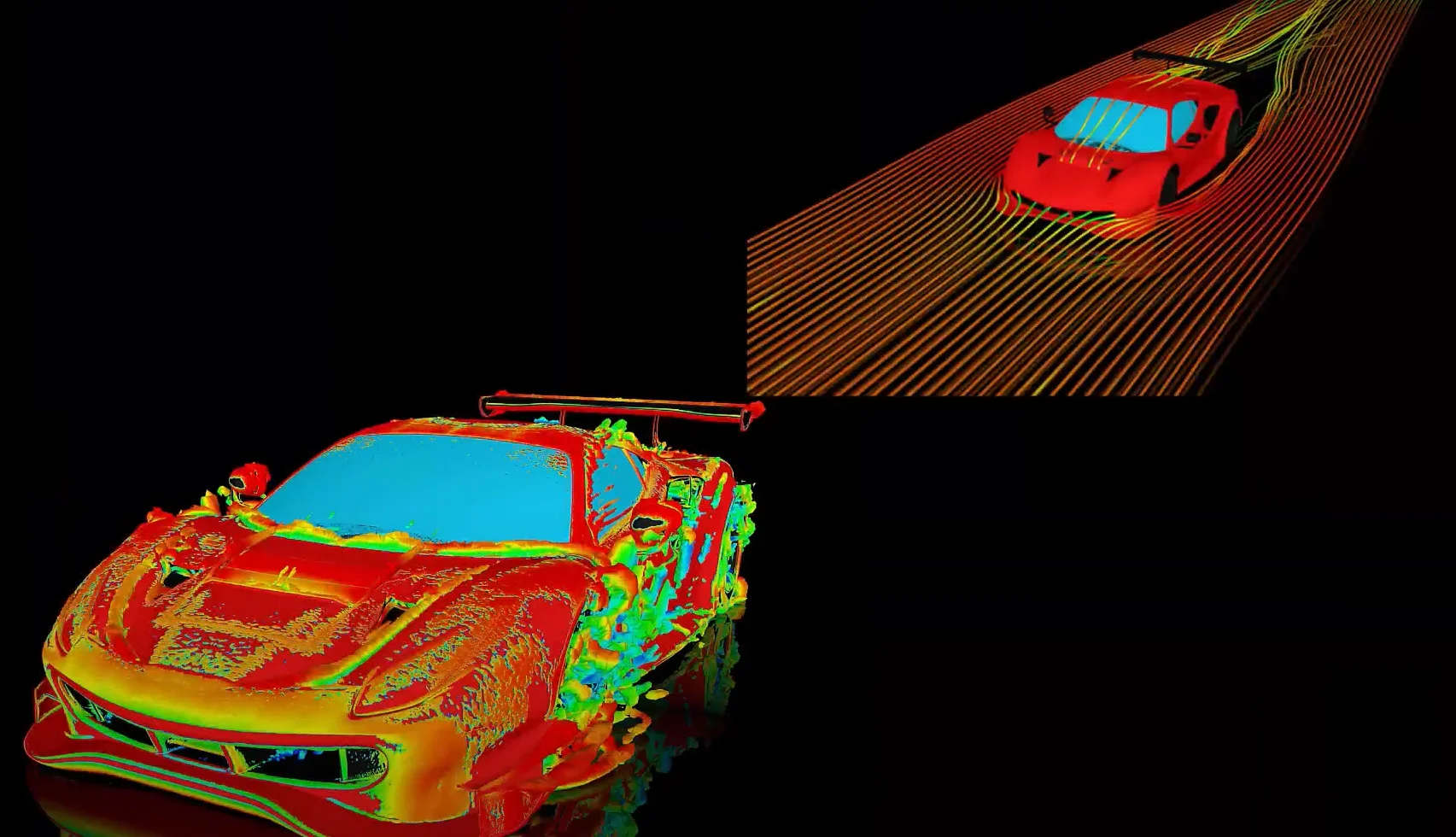Where do I enter radiation properties such as emissivity/absorptivity, are there any recommended values for certain surfaces, and where do I find them?
-
-
January 25, 2023 at 7:17 am
 FAQParticipant
FAQParticipantThe emissivity of a material is the most representative radiative property and it has to be entered in the boundary condition panel for a proper solution of the radiative equations. At inlets and outlets the default emissivity/absorptivity is 1 (all the radiation exiting the domain does not return). From experiments, the non-metals have an emissivity between 0.8 and 1 for most polar angles. The emissivity of metals is between 0.04 and 0.06 increasing rapidly for polar angles larger than 50 degrees with the normal. The user has to distinguish between the internal and external emissivity. The internal emissivity is used to compute the radiative exchange inside the computational domain whereas external emissivity refers to radiation exchange with the exterior. Ideally, electromagnetic wave theory can be used to predict all radiative properties. But this theory neglects the effects of surface conditions/finish. Consequently most of the data available today is from experiments in the 1950s and 1960s. Any heat transfer/radiation textbook has a number of references on such properties. Ansys does not provide emissivity values for most material.
-


Introducing Ansys Electronics Desktop on Ansys Cloud
The Watch & Learn video article provides an overview of cloud computing from Electronics Desktop and details the product licenses and subscriptions to ANSYS Cloud Service that are...

How to Create a Reflector for a Center High-Mounted Stop Lamp (CHMSL)
This video article demonstrates how to create a reflector for a center high-mounted stop lamp. Optical Part design in Ansys SPEOS enables the design and validation of multiple...

Introducing the GEKO Turbulence Model in Ansys Fluent
The GEKO (GEneralized K-Omega) turbulence model offers a flexible, robust, general-purpose approach to RANS turbulence modeling. Introducing 2 videos: Part 1 provides background information on the model and a...

Postprocessing on Ansys EnSight
This video demonstrates exporting data from Fluent in EnSight Case Gold format, and it reviews the basic postprocessing capabilities of EnSight.

- Defining heat transfer coefficient (HTC)
- How to use Thin Walls with Thermal boundary conditions?
- ANSYS Fluent Student: Conjugate Heat Transfer in a Heat Sink
- Thermal Analysis of a Radiator Using Ansys Fluent
- In ANSYS Fluent, when the energy equation is enabled and viscous heating is enabled, must pressure work also be turned on?
- How to add comments to journal file so that I will know what each entry does?
- Simulating Battery Pack Cooling System Using Ansys Fluent
- How to solve the warning: “Warning: zone of type interior found between different solids!”
- ANSYS Fluent: Overview of the Mapped Interface Technique for CHT Simulations (18.2)
- What is the difference between internal and external emissivity?

© 2026 Copyright ANSYS, Inc. All rights reserved.

